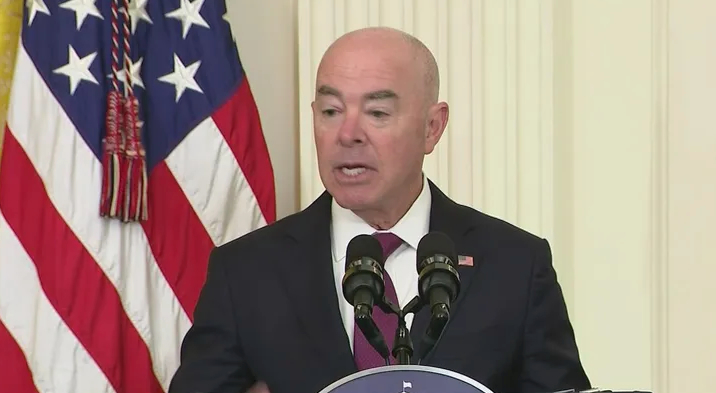Members of the General Assembly will start debating today on the criteria they will use for drawing congressional and state legislative maps. An important part of the process of drawing North Carolina House and Senate districts is a process known as “county clustering.” Now, two NC senators are trying to change that process as the General Assembly prepares for the 2021 redistricting process.
A Short Primer on County Clusters
County clustering came about as the result of a set of court cases, specifically Stephenson v. Bartlett one (2002) and two (2003), as an attempt to balance constitutional requirements of even district populations and not splitting counties when creating state legislative districts.
Basically, if a county’s population is within five percent of the ideal population of a legislative district, that county will host one district and the county’s border will not be crossed by a district boundary. In other words, there will be one district wholely contained within one county. However, that is rarely the case.
When a county’s population can contain a whole number of districts, those districts will be completely contained within the county so that the county’s border is not crossed by any district lines. For example, Mecklenburg County wholly contains five NC Senate districts. Counties that cannot contain a whole number of districts within their borders are combined in such as what that those combinations, known as “clusters,” can form a whole number of counties. For example, Wake and Franklin counties are combined to form five NC Senate districts while Cherokee, Clay, Graham, and Macon counties are combined to form a single NC House district.
(You can learn more about how county clustering works in this explainer.)
County Cluster Bill Is Likely Unconstitutional
Since forming county clusters is part of the redistricting process, members of the General Assembly are responsible for making them.
Two senators, Ben Clark (D – Cumberland, Hoke) and Mike Woodard, (D – Durham, Granville, Person), are seeking to change that. They have introduced Senate Bill 511 (Redistricting County Cluster Process) that would turn over the responsibility for forming county clusters from the General Assembly to the North Carolina State Board of Elections (SBE). The SBE, in turn, could delegate responsibility for forming county clusters to either Duke University or UNC-Chapell Hill (page three)
Within 14 days of the date on which the Census Bureau provides data from the 2020 decennial census to the State, the Legislative Services Officer shall provide that data to the State Board of Elections. From that data, the State Board shall develop a cluster map set. The State Board may, in its discretion, delegate all or a portion of the responsibility of developing a cluster map set to the Department of Mathematics at Duke University or the School of Government at the University of North Carolina at Chapel Hill.
As I noted in regards to a similar bill last year, there are a couple of problems with Clark and Woodard’s idea.
The first problem is that it likely violates the North Carolina Constitution. Article II, sections 3 and 5 specifically state that the General Assembly shall “revise” legislative districts. Forming county clusters is part of the redistricting process. Without an amendment to the NC Constitution, the General Assembly does not have the authority to delegate responsibility for any part of the redistricting process to anyone outside the legislature.
Also, it is hard to believe that the Republican-controlled General Assembly turn over the authority to develop county clusters to the Democratic-controlled State Board of Elections.
Clark and Woodard’s proposal was a bad idea last year. It is still a bad idea today.


